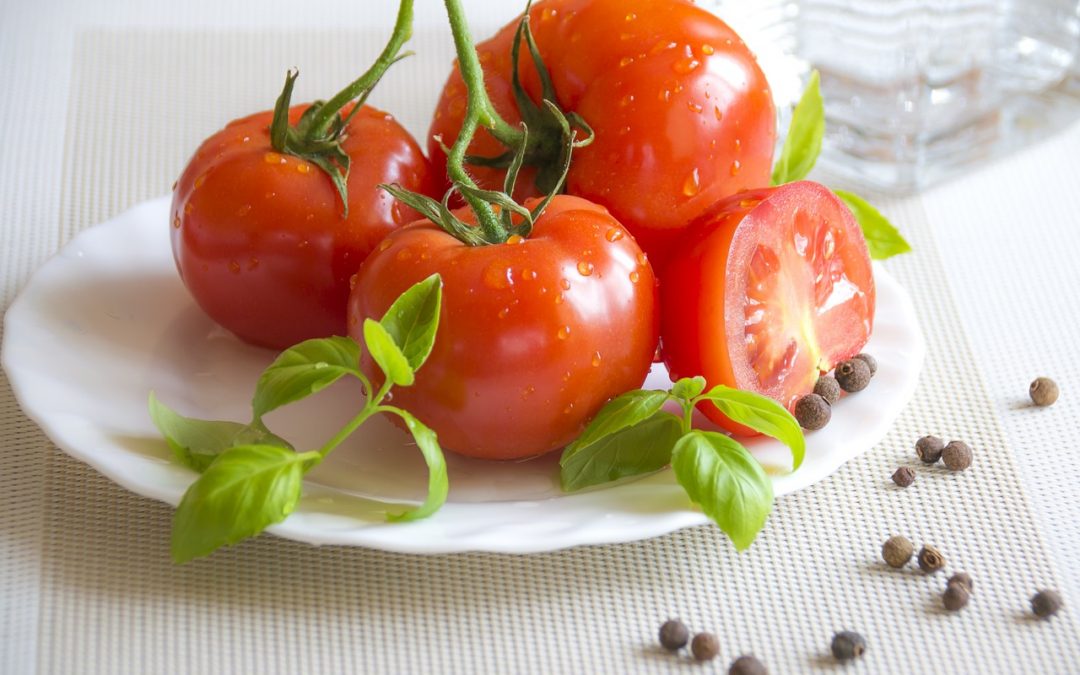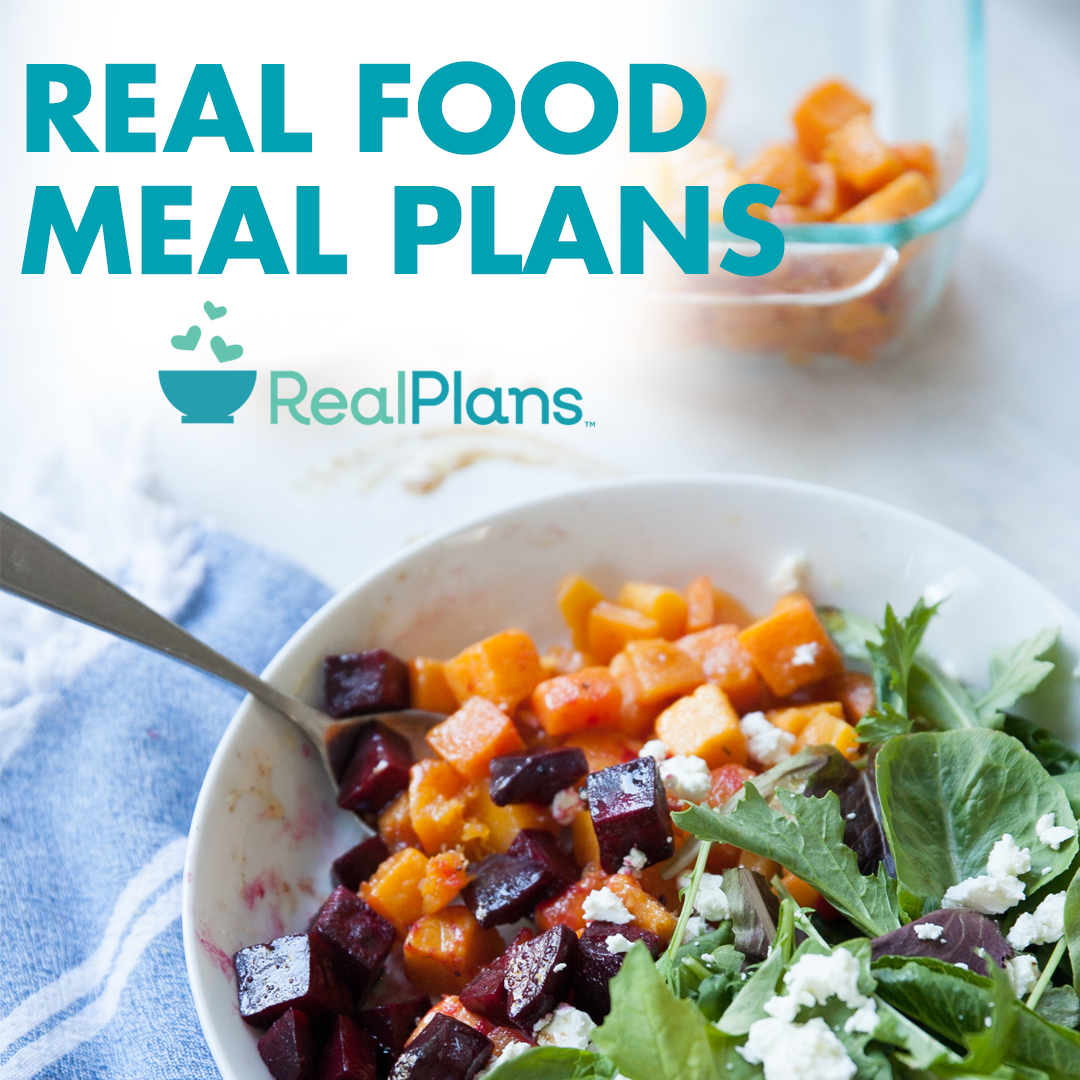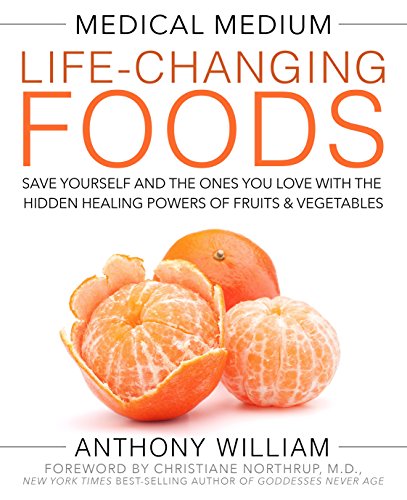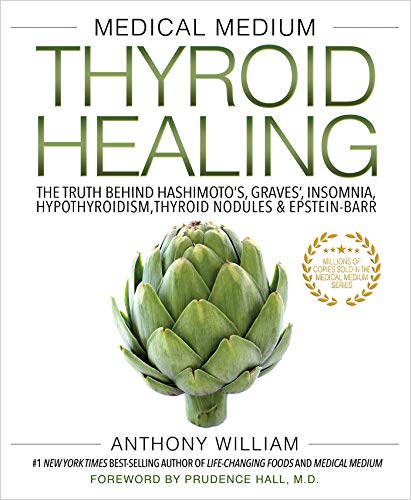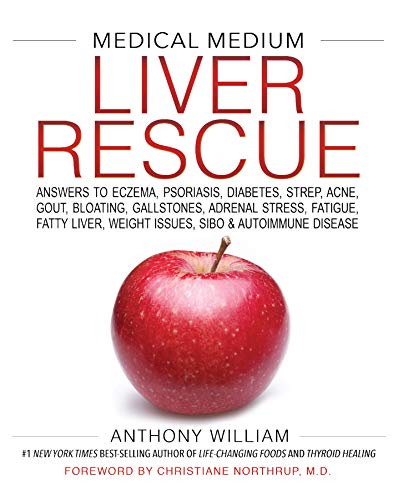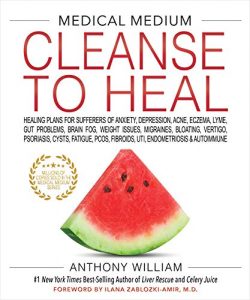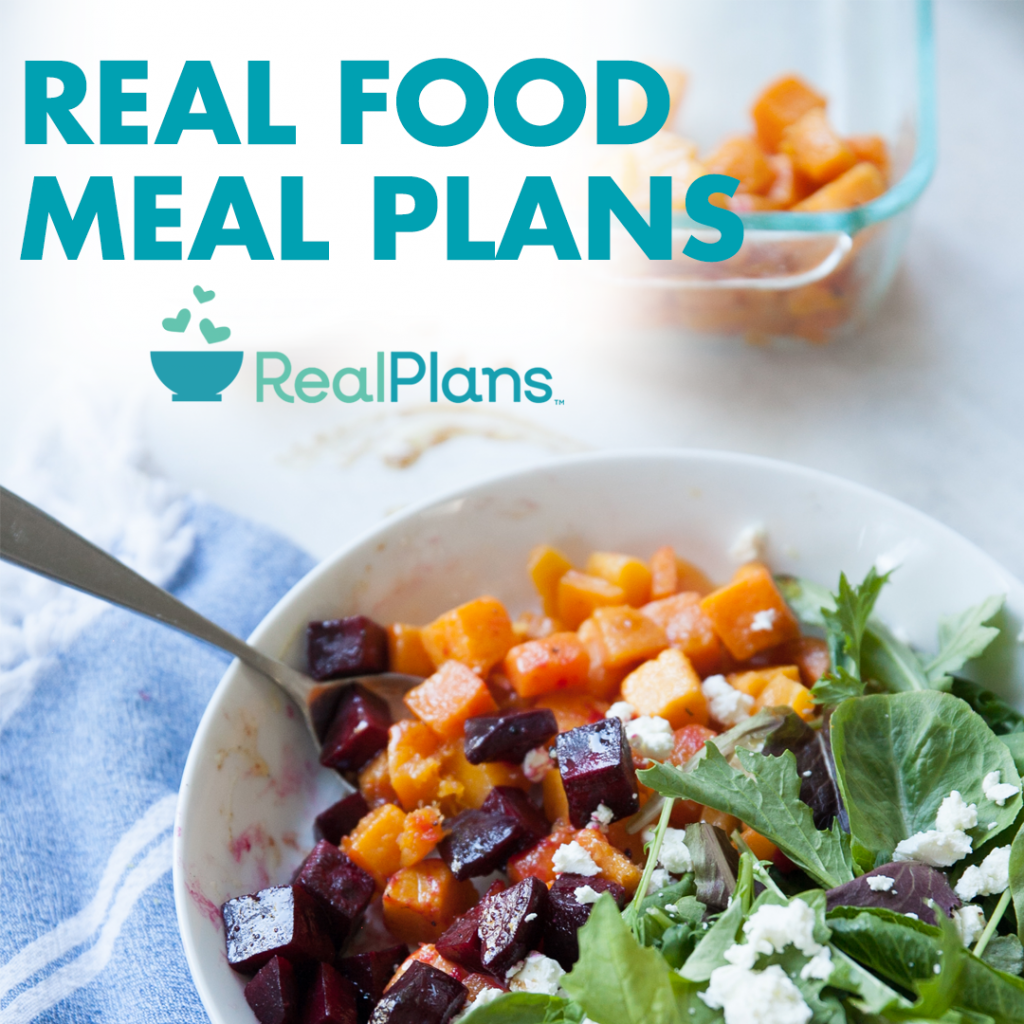I love summer – being outdoors, the warmth, daylight savings, and everything in between. My veggie garden is brimming with fruit and veggies by this time. In particular, I have an abundance of tomatoes. There is nothing like growing your own tomatoes. They have a sweetness that I don’t seem to get from shop-bought tomatoes. Seriously, it doesn’t take too much effort to grow tomatoes – tie them to some wooden stakes and prune them occasionally to keep proper air flow, and you’ll be rewarded with the sweetest tomatoes you’ve ever tasted. Birds love them too, so be sure to cover your plants with bird nets!
Tomatoes get their beautiful red colour from a compound called lycopine, an anti-oxidant that has been shown to have anti-cancer properties and may also reduce chances of stroke. Cooking tomatoes actually increases the amount of lycopine that the body can absorb. Lycopine is a fat-soluble compound, so to get the most out of nutrient absorption, combine it with a little bit of olive oil and some herbs for a refreshing salad.
If you do buy tomatoes, other than fresh, try going for tomatoes in glass jars and bottles instead of in cans. At the time of writing this piece, many cans produced may still be lined with BPA (bisphenol A), a chemical that mimics oestrogen and disrupts the endocrine system. This has been linked with health issues such as reproductive problems, obesity, heart disease, diabetes, neurological problems and increased risk of breast and prostate cancer. As tomatoes are acidic, their acidity can increase the level of BPA that is leached from the lining of these cans.
When I have a plentiful supply of tomatoes, I prepare bottled tomatoes. This way, bottled tomatoes can remain in the pantry perfectly preserved without taking up valuable freezer space.
Bottled Tomatoes Recipe.
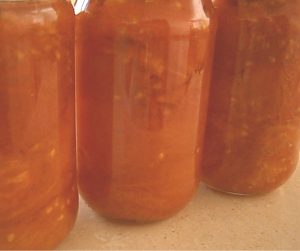
(Vegan, gluten free, dairy free, egg free, soy free, sugar free.)
Ingredients:
– ripe tomatoes
Make sure that you use glass jars with tight-fitting lids and that the jars are completely clean. I wash my jars and lids in very hot water.
Wash tomatoes. I prefer to keep the skin on the tomatoes because I use organic tomatoes from my garden, but if you prefer to remove the skins, score the bottom of each tomato in a cross shape and place in a large heat-proof bowl. Carefully pour boiling water over the tomatoes and leave for 2 minutes before peeling. The skin should come off very easily.
Cut the tomatoes in large pieces. Then place the tomato pieces in the clean jars. Fill the jars up to about 3/4 of the way and then use the handle of a wooden spoon to press the tomatoes down.
Continue to fill each jar with the tomato pieces and press down again. Leave about 3cm from the top of the jar and place lids on each and close tightly (but not too tight that you would have difficulty opening it later).
Prepare a pot or several pots that are large enough to fit in all of the jars with the lid of the pot on.
Cover the inside bottom of each pot with a tea towel folded in half. Place each jar upright in the pot and then fill the pot with cold water until the water reaches up to about 3cm from the top of the jar.
Place the pot on the cooktop (on medum heat until the water boils). It’s important that the water boils. Then reduce to the lowest heat and cook for one hour. Turn off heat and leave pot as is for 24 hours keeping the lid on. After 24 hours, remove jars from the pot. Jars will keep indefinitely if kept in a cool, dry and dark place.
Note: I like to make batches of these without seasoning and herbs as I tend to cook different types of cuisines, so having these tomatoes are very versatile. You can prepare tomatoes in the same way and add your own herbs and spices to suit.

